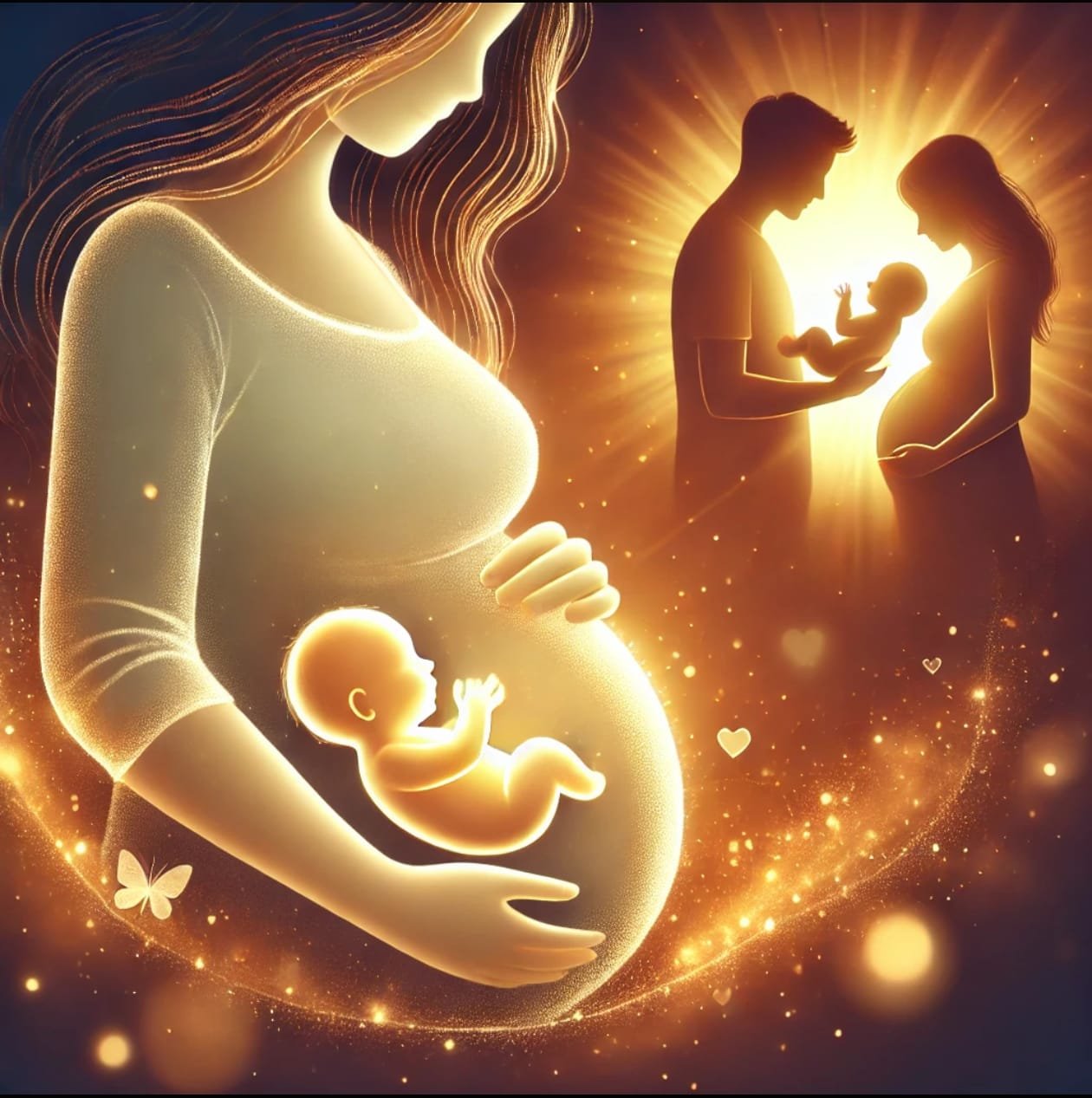Definition:
This is the condition when one or more fetuses is carried within the uterus.
Duration:
- Pregnancy is most often about a 40-week long period (or 9 months), beginning from the last menstrual period (LMP)
- Divided into three trimesters (now being roughly 12 weeks each)
Physiological Changes:
- Changes in hormones: Increased levels of estrogen, progesterone, and hCG
- Uterine enlargement: The growing fetus.
- Changes in the cardiovascular system: Increased blood volume, heart rate, and stroke volume.
- Respiratory changes: Increased demand for oxygen and tidal volume.
- Changes in the gastrointestinal system: Nausea, vomiting, constipation.
Stages of Pregnancy:
First trimester:
- Conception and implantation of the embryo
- Morning sickness, food aversions
- Development of the fetus: major organs and systems formed.
Second trimester:
- Growth and development of the fetus accelerates
- Visible bulge in the abdomen
- Quickening (feeling of fetal movement)
Third trimester:
- Continued fetal growth and subsequent preparations for delivery
- Increasing discomfort and fatigue for the mother
- Braxton Hicks contractions (false labor)
Labor and Childbirth
Definition:
Physiological process whereby the fetus is expelled from the uterus through the birth canal.
Stages of Labor:
Stage 1 – Dilation Phase:
- Regular painful contractions
- Full dilation (to 10 cm) of the cervix
- Membrane rupture (your water actually breaks)
Stage 2 – Expulsion Phase:
- Contractions become stronger
- The baby descends and delivers itself.
Stage 3 – Placental Phase:
- Delivery of the placenta and membranes
Complications:
Pregnancy:
- Gestational diabetes
- Preeclampsia
- Placenta abruption
Labor and Childbirth:
- Uterine rupture
- Massive postpartum hemorrhage
- Premature birth
- Fetal distress
Medical Interventions:
- Epidurals
- Cesarean section
- Episiotomy to incise into the vaginal opening
